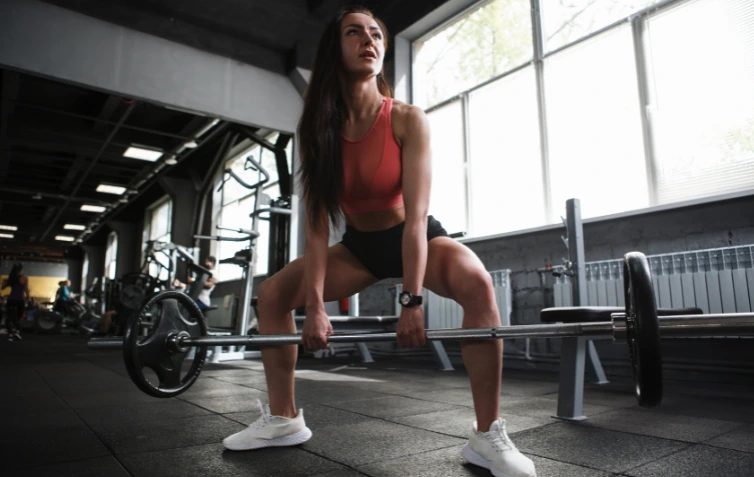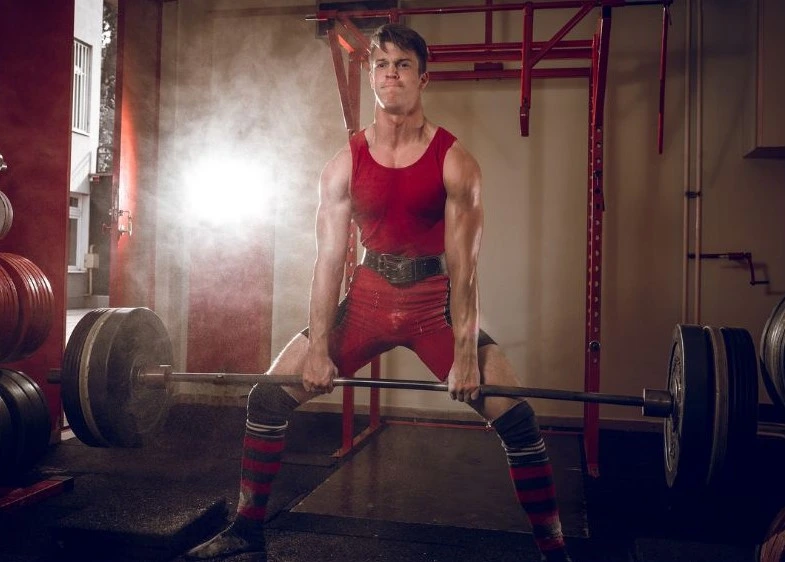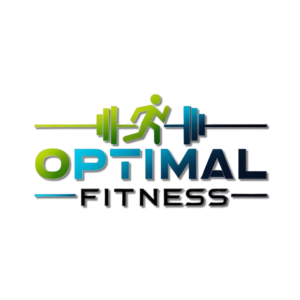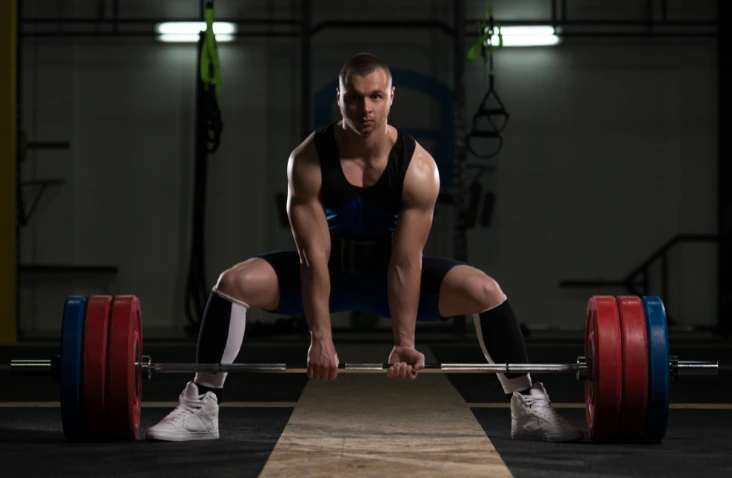The sumo deadlift is a powerful compound exercise that targets the lower body, including the glutes, hamstrings, and quadriceps, while also engaging the back and core muscles. It’s a variation of the conventional deadlift that allows for a wider stance and different biomechanics, making it an effective choice for both powerlifters and general fitness enthusiasts. In this comprehensive guide, we’ll explore every aspect of the sumo deadlift, from proper form to the benefits and how you can incorporate it into your workout routine.
Table of Contents
What Is the Sumo Deadlift?
The sumo deadlift is a variation of the traditional deadlift in which you adopt a wide stance, resembling a sumo wrestler’s position. This adjustment in foot positioning shifts the load more to the hips and legs rather than the lower back, which makes it ideal for people with limited hip mobility or those who experience lower back discomfort during the conventional deadlift.
The sumo stance also decreases the range of motion compared to the conventional deadlift, which can help lift heavier weights while focusing on maintaining proper form.

Muscles Worked in the Sumo Deadlift
The sumo deadlift is a full-body lift, targeting several major muscle groups at once. Here’s a breakdown of the primary muscles worked:
- Quadriceps: The wide stance shifts much of the effort to the quads, making them more engaged compared to conventional deadlifts.
- Glutes: The gluteus maximus plays a significant role in extending the hips as you stand up with the weight.
- Hamstrings: These muscles assist with hip extension and help control the lowering phase of the lift.
- Adductors: Because of the wide stance, your inner thighs (adductors) are heavily recruited during the lift.
- Lower Back: Although the sumo deadlift reduces strain on the lower back, the erector spinae muscles still help maintain a neutral spine throughout the lift.
- Trapezius and Upper Back: The muscles in your upper back stabilize the shoulders and help keep the barbell close to your body.
How to Perform the Sumo Deadlift Correctly
Mastering the sumo deadlift requires attention to detail and proper technique. Here is a step-by-step guide to perfect your form:
Step 1: Set Your Stance
Begin by standing in front of a barbell with your feet wider than shoulder-width apart and your toes slightly pointed outward. The exact width will depend on your mobility and comfort, but typically, your feet should be in line with or slightly outside of your knees.
Step 2: Grip the Bar
Reach down and grip the bar with your hands placed inside your legs. A common grip is the double overhand grip, but you can also use a mixed grip (one palm facing forward, the other back) for better grip stability.
Step 3: Engage Your Core
Before lifting, take a deep breath and engage your core. This helps maintain a neutral spine and ensures that your lower back doesn’t round during the lift.
Step 4: Initiate the Lift
As you begin to lift the bar, push your knees outward while driving through your heels. Straighten your hips and knees at the same time, ensuring that the bar stays close to your shins and thighs throughout the movement.
Step 5: Lockout
At the top of the movement, fully extend your hips and knees, standing tall with the barbell at hip level. Your chest should be up, and your shoulders pulled back slightly.
Step 6: Lower the Bar
To lower the barbell, reverse the motion by hinging at the hips and bending your knees. Maintain control throughout the descent and ensure the bar stays close to your body.

Common Mistakes to Avoid
To get the most out of your sumo deadlift and avoid injury, it’s important to avoid the following common mistakes:
- Rounding Your Back: Letting your lower back round during the lift can lead to injury. Keep your spine neutral throughout the movement.
- Raising Your Hips Too Fast: If your hips rise faster than your chest, you’ll shift the load onto your lower back, increasing the risk of strain. Focus on driving your chest upward as you lift.
- Barbell Drifting Away: The barbell should stay as close to your body as possible. If it drifts away from your legs, you lose efficiency and increase strain on your lower back.
Benefits of the Sumo Deadlift
The sumo deadlift offers several unique benefits that make it a valuable addition to any strength training routine:
1. Reduced Lower Back Stress
The wide stance and more upright torso position reduce the stress on the lower back, making it a safer alternative for individuals with lower back issues.
2. Greater Quad Engagement
Studies have shown that because of the foot positioning, the quadriceps are more actively involved compared to the conventional deadlift. This makes the sumo deadlift ideal for building leg strength.
3. Improved Hip Mobility
Regularly performing sumo deadlifts can enhance hip mobility due to the wide stance, which requires a significant range of motion in the hips.
4. Shorter Range of Motion
The sumo deadlift has a shorter range of motion compared to the conventional deadlift, which allows you to lift heavier weights and improve overall strength.
5. Versatility
This deadlift variation is not just for powerlifters. It can be incorporated into general fitness routines to develop full-body strength and improve athletic performance.
Sumo Deadlift vs. Conventional Deadlift
The primary difference between the sumo and conventional deadlift lies in the stance and muscle engagement. While the conventional deadlift places more emphasis on the hamstrings and lower back, the sumo deadlift recruits more from the quads and adductors. Additionally, the sumo deadlift is generally more forgiving on the lower back due to the upright torso position, making it a better option for lifters who struggle with lower back pain.
Here are a few key differences:
- Foot Placement: Sumo involves a wide stance, while conventional deadlifts use a shoulder-width stance.
- Muscle Emphasis: Sumo emphasizes quads and adductors, while conventional deadlifts target hamstrings and lower back.
- Range of Motion: Sumo deadlifts have a shorter range of motion, allowing for potentially heavier lifts.
How to Incorporate the Sumo Deadlift into Your Routine
The sumo deadlift can be added to your program in a variety of ways depending on your goals. Here’s how you can implement it effectively:
Strength Training
If your goal is to build strength, perform the sumo deadlift with low repetitions (1-5 reps) and heavy weights. Include it as your primary lift on lower body days, followed by accessory movements like lunges, leg presses, or Romanian deadlifts.
Hypertrophy Training
For muscle growth, aim for moderate weight and higher reps (6-12). You can pair the sumo deadlift with other compound lifts like squats and deadlift variations to maximize leg development.
Endurance Training
If you’re training for endurance, use light weights and high reps (15+), focusing on maintaining form throughout the entire set. This helps build muscular endurance while reinforcing proper technique.
Conclusion
The sumo deadlift is an excellent exercise that offers numerous benefits, from reducing lower back strain to increasing quad activation and overall strength. Whether you’re a beginner looking to improve your form or a seasoned lifter wanting to lift heavier, incorporating the sumo deadlift into your routine is a smart way to build full-body strength and muscle.
Want to check about HIIT click here





Found it very informative, great job bro!!
Thanks for the info. Will surely incorporate sumo deadlifts in my workout. 👍
What you’ve written here speaks not just to the mind, but to the heart as well.
I have read so many content regarding the blogger lovers but this
post is in fact a nice article, keep it up.